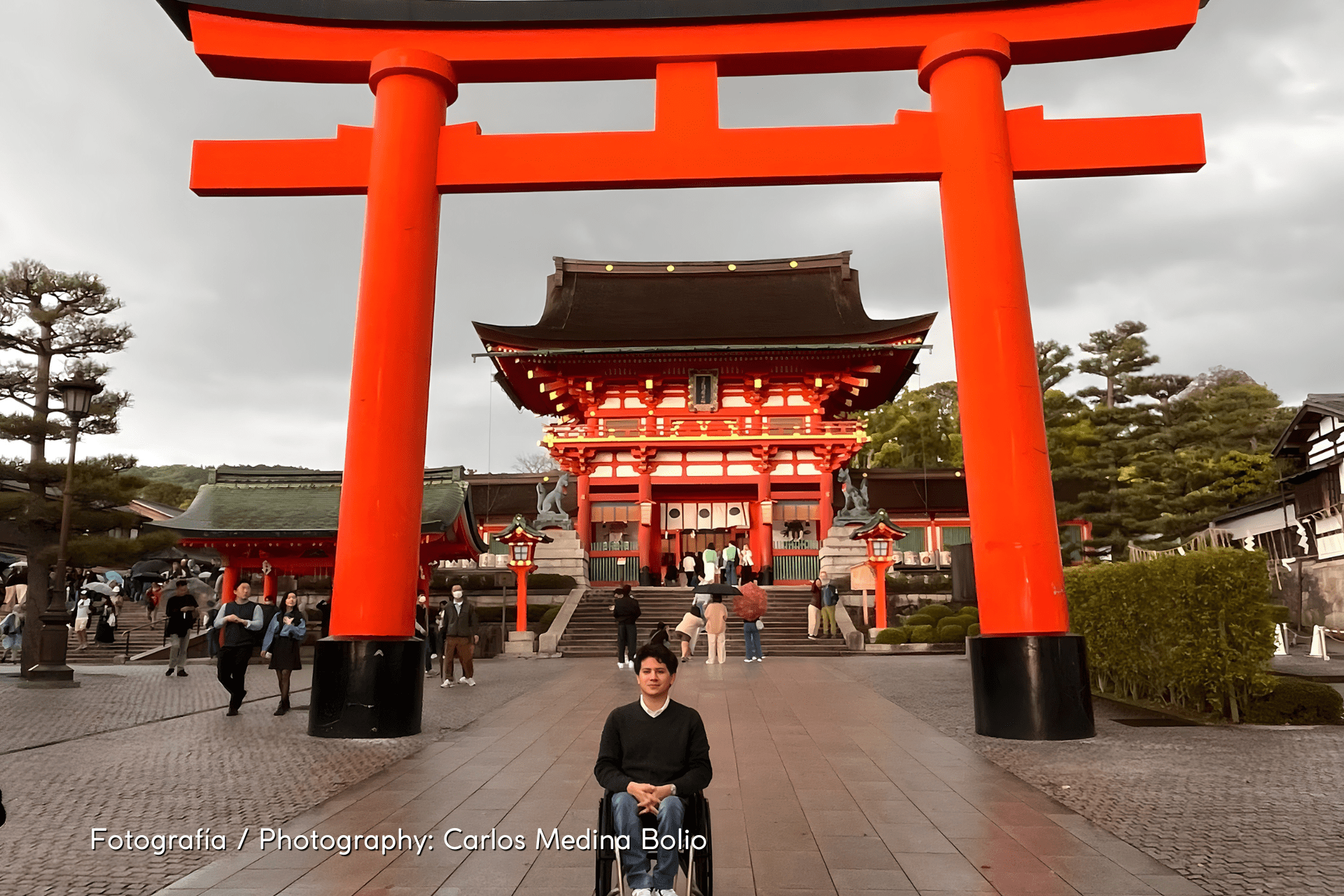
Japan without limits
Travel the streets of Japan from Francisco Góngora´s perspective in “Japan without limits”.
In December 2022, a great friend suggested traveling to Japan together. I immediately responded that I was excited about the idea, because I am passionate about traveling and seeing different places, although it is not the easiest thing for me, since I’m a wheelchair user and a journey to the other side of the world represents a great challenge.
However, a short time later, I was filled with curiosity and intrigue about Japanese culture. As a visual artist and architecture student, I didn’t want to miss the opportunity to experience life in Japan up close.
Without realizing it, I found myself very excited while organizing the trip for the Easter holidays. At the same time, I felt a bit worried about the accessibility aspect. However, considering that it was a first-world country, I assumed there wouldn’t be major limitations, and luckily, I was correct. Japan welcomed me with open arms and with cities that were adapted and accessible for me.
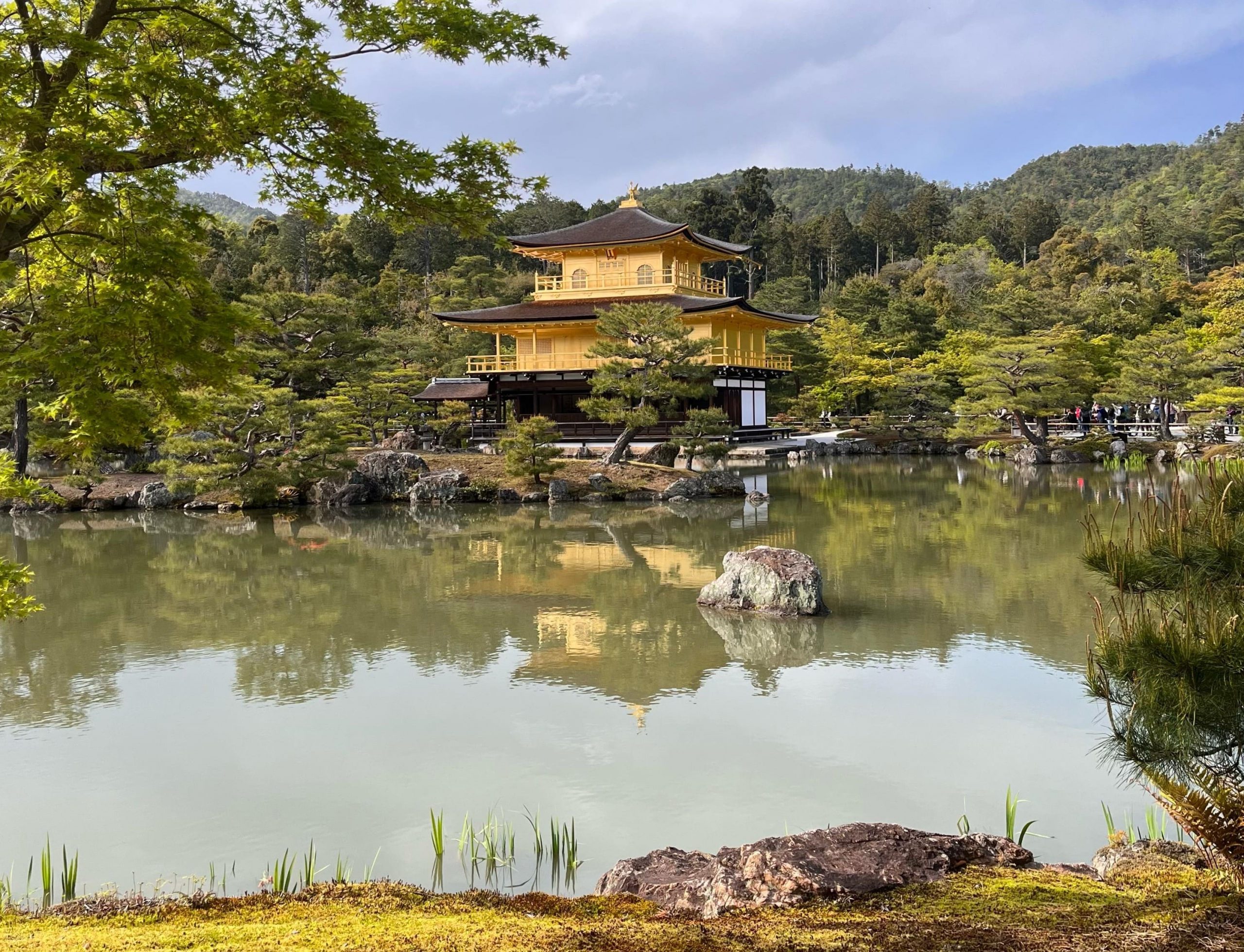
Golden Pavilion in Kyoto, Japan.
Photography: Francisco Góngora
“Japan welcomed me with open arms and with cities that were adapted and accessible for me.”
The first stop was Tokyo, which is just as it appears in the movies, a big futuristic city with giant buildings and a monumental scale. The subway is the most commonly used mode of transportation, it was very easy to travel on it because all the lines had elevators. Additionally, there was designated space for wheelchairs inside the subway cars, making it very comfortable for me, since in other cities I have visited, it’s almost impossible to use public transportation autonomously.
Similarly, it was extremely easy to navigate as a pedestrian. The sidewalks were approximately 5 meters wide and very well-maintained, with no holes or obstacles that hindered passage. From there, we headed to Osaka, which is just as large as Tokyo but slightly more neglected.
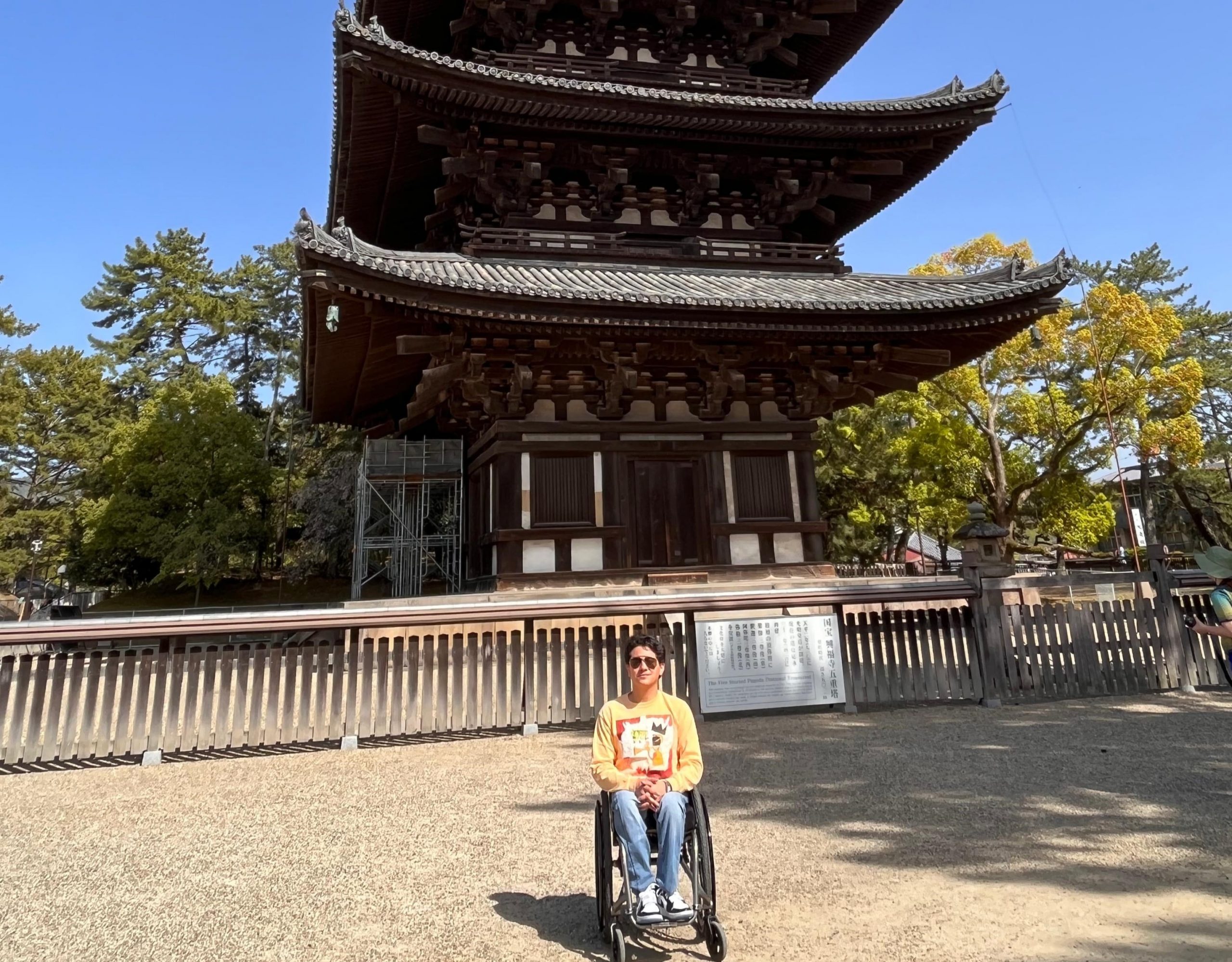
Temple in Kyoto.
Photography: Carlos Medina Bolio
My commute was relatively simple, however, it was difficult to find elevators that go down to the subway. I was surprised that, thanks to the technology they have, almost all doors are automatic, public restrooms have buttons and most of them have changing tables for babies and handrails. Additionally, the sinks have an appropriate height that allowed me to use them without any problem.
Our third stop was Kyoto, and being a compact city, it was possible to reach many places without needing to use public transportation. This was very beneficial as it allowed me to have a deeper pedestrian experience, observing the streets and the flow of people.
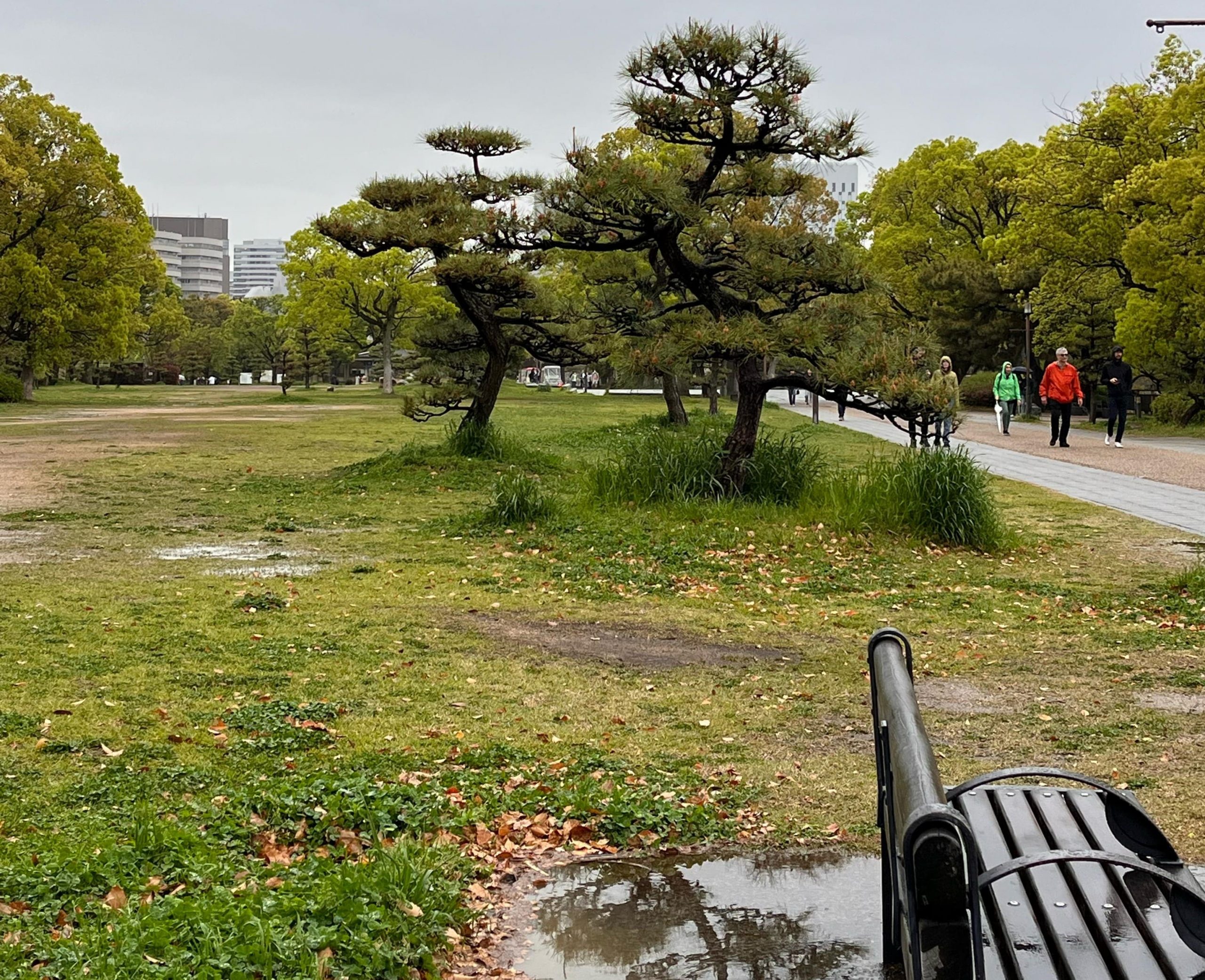
Japanese landscape.
Photography: Francisco Góngora
I would like to explain the city of Nara in a detailed manner, which was once the capital of Japan and stands out as one of the ancient cities that has been exceptionally well-preserved. It is one of the places that captivated me the most. Stepping off the Osaka/Nara train, we were welcomed by a warmer and calmer atmosphere, contrasting with the bustling big cities, and staying true to the idea we have of ancient Japan, as it maintains a smaller scale.
In general, I had the sensation of being in a huge park with hectares of green fields, enormous cherry blossoms (Sakura) trees that seemed unreal, legendary temples, diverse vegetation, lakes with giant carp, and many animals. All of this together radiated peace and harmony.
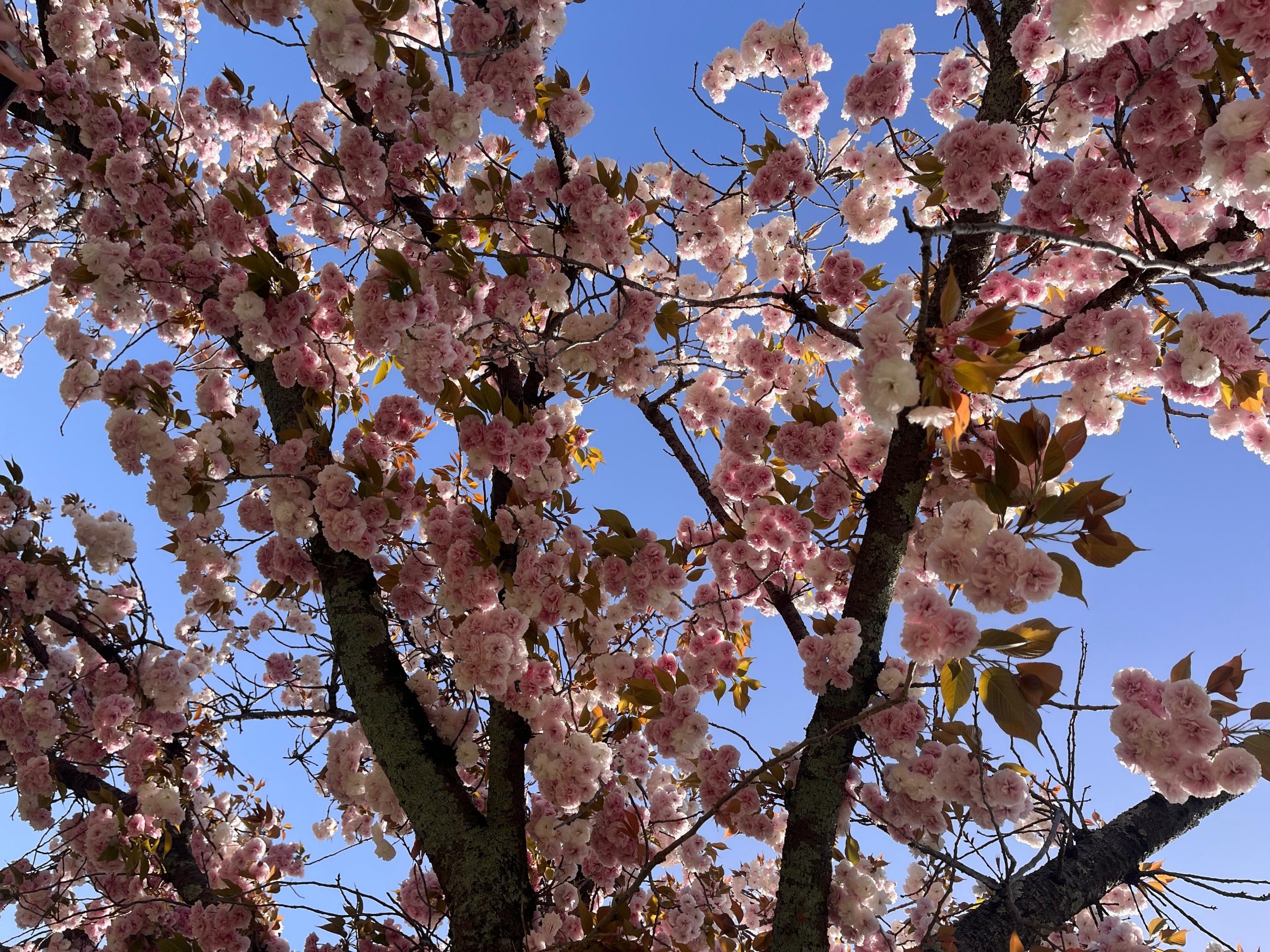
Cherry blossom.
Photography: Francisco Góngora
Nara is famous for its deer that roam freely through the city, considered a natural heritage of the country due to an ancient Japanese legend that tells of a deity riding a white deer, hence considering them sacred.
Being one of its main attractions, special food is sold to feed and interact with them. As I strolled through this environment, I had an experience that is hard to explain, as it felt like being in a Studio Ghibli film.
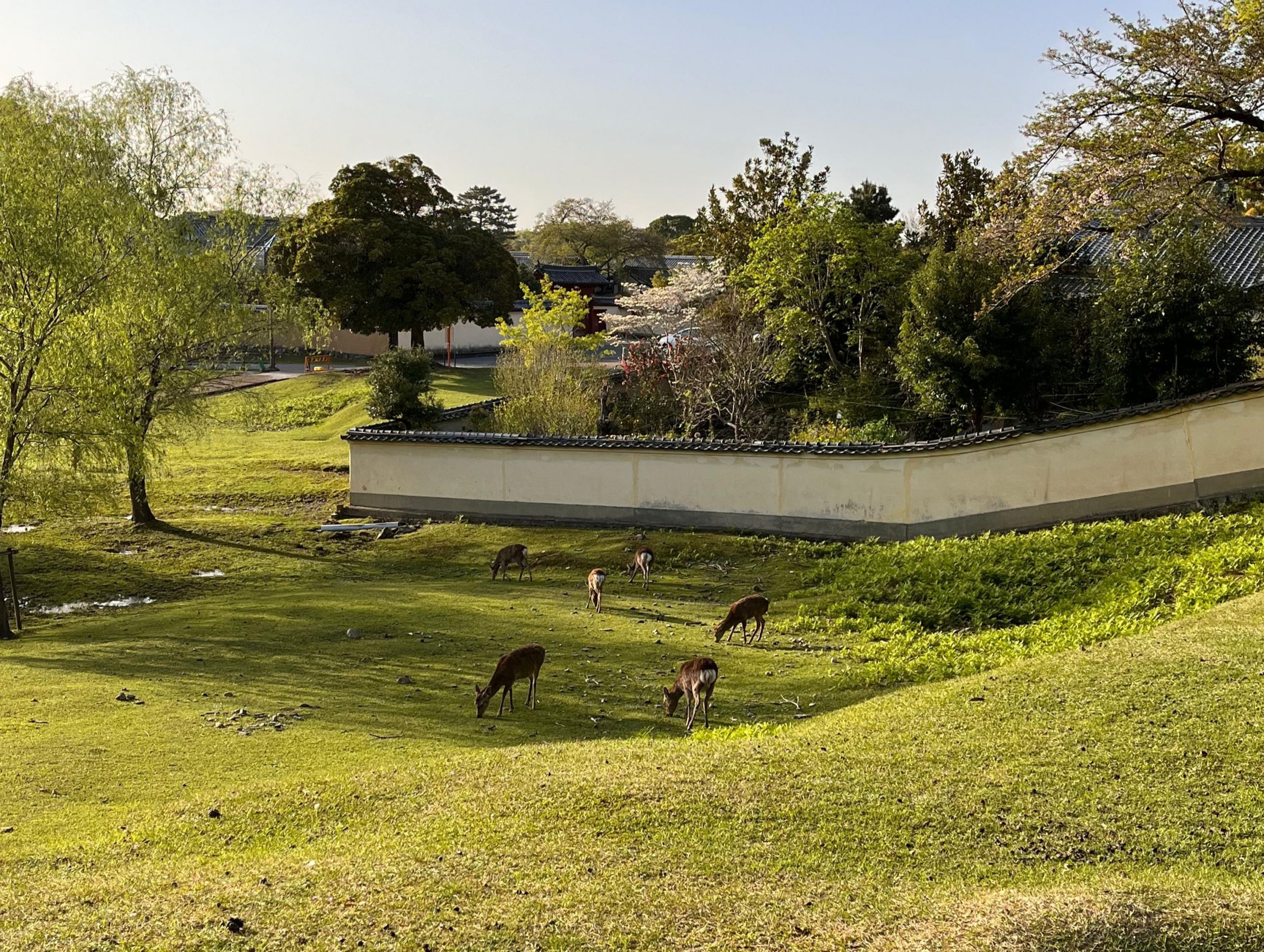
Field in Nara.
Photography: Francisco Góngora
While being there, it was very easy to move around in the wheelchair, as many temples and museums had elevators. However, there were a few where they had to assist me in getting up because most of them have steps at the main entrance.
Getting lost in the streets of the big metropolises and immersing myself in the natural beauty of Nara was very special for me. Despite the initial uncertainty about how I would navigate in an unfamiliar country mostly on my own, I was able to complete my journey safely, cherishing that memory with a lot of affection and gratitude.
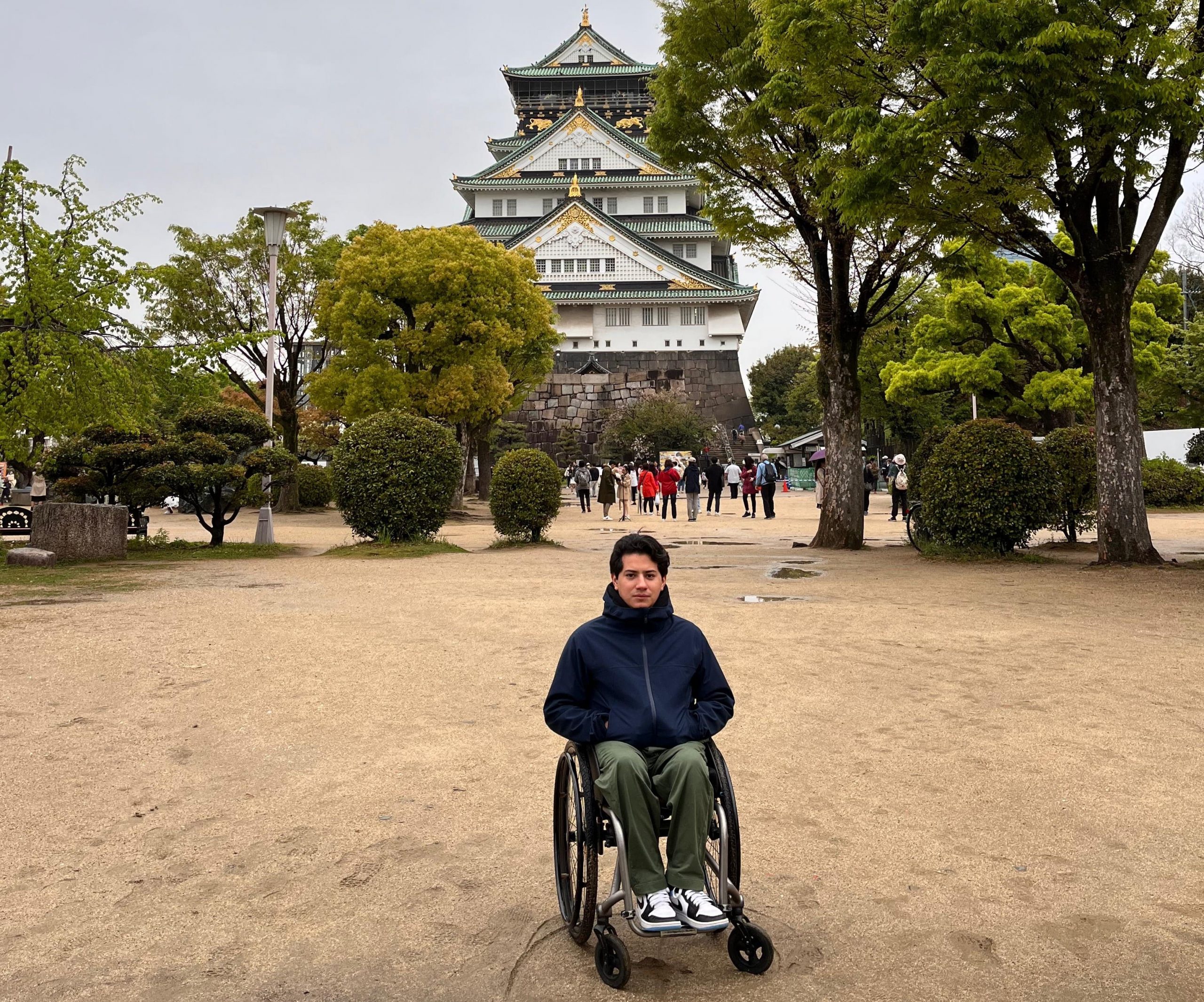
Francisco in Japan.
Photography: Carlos Medina Bolio











